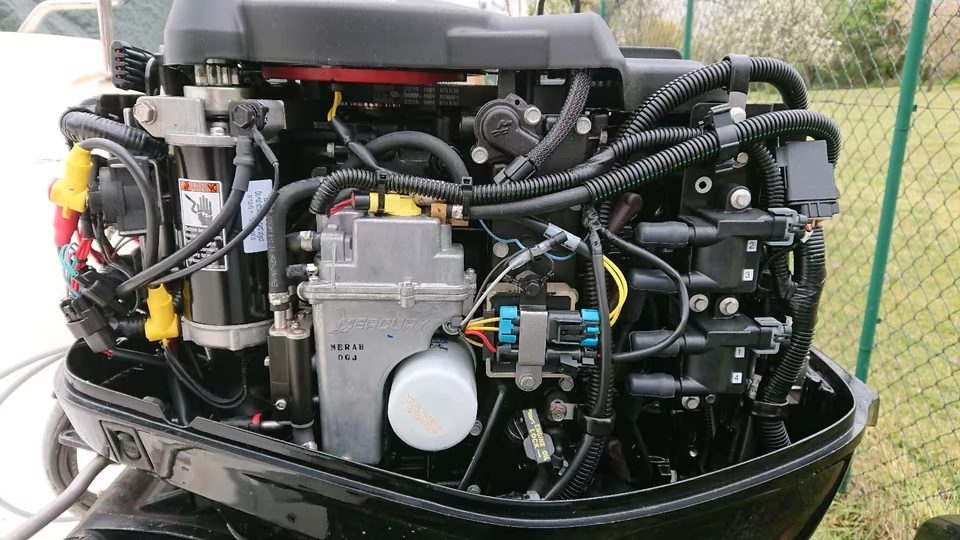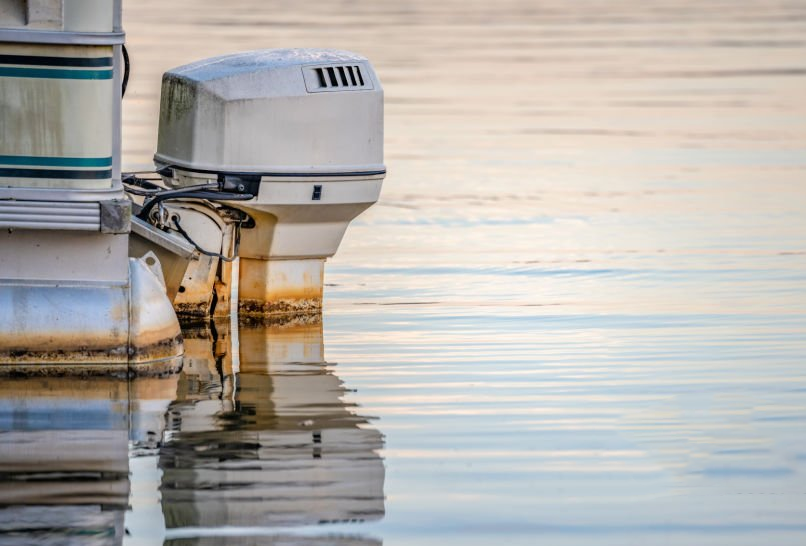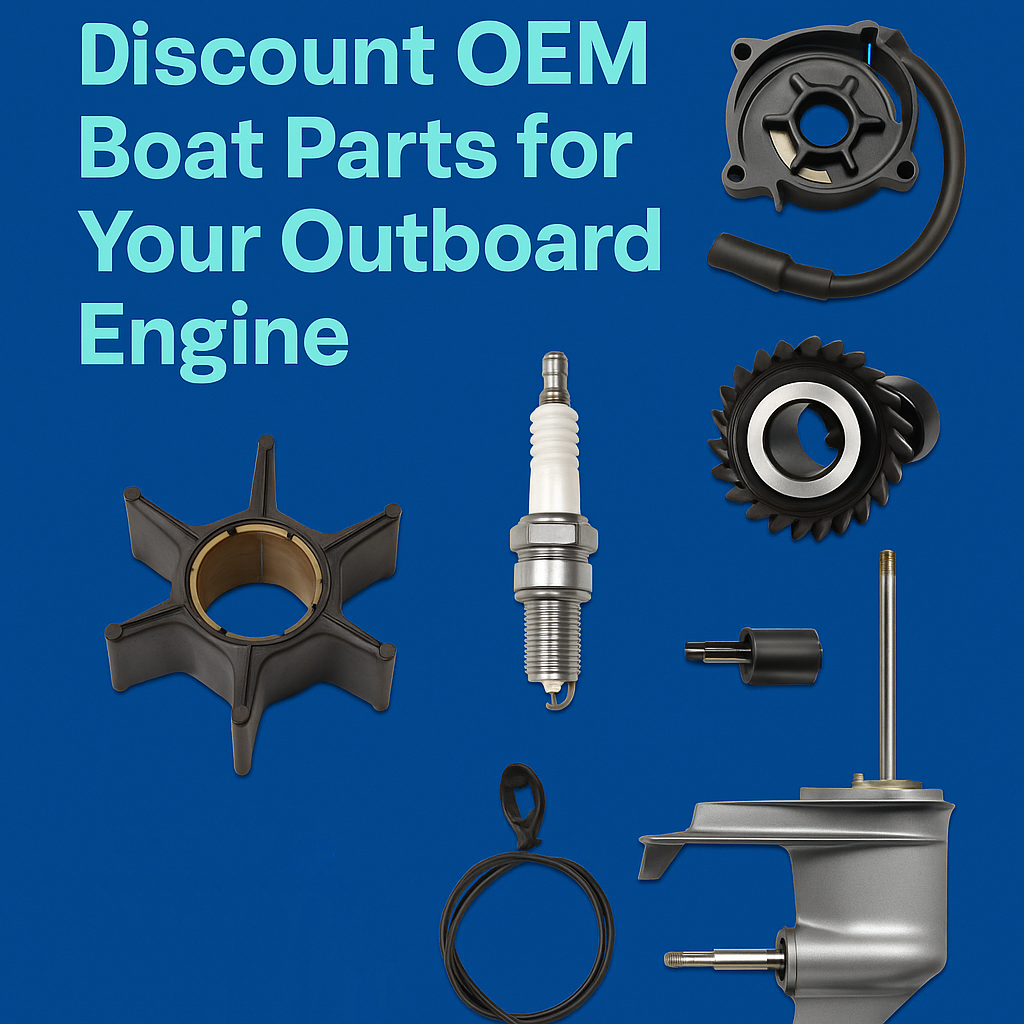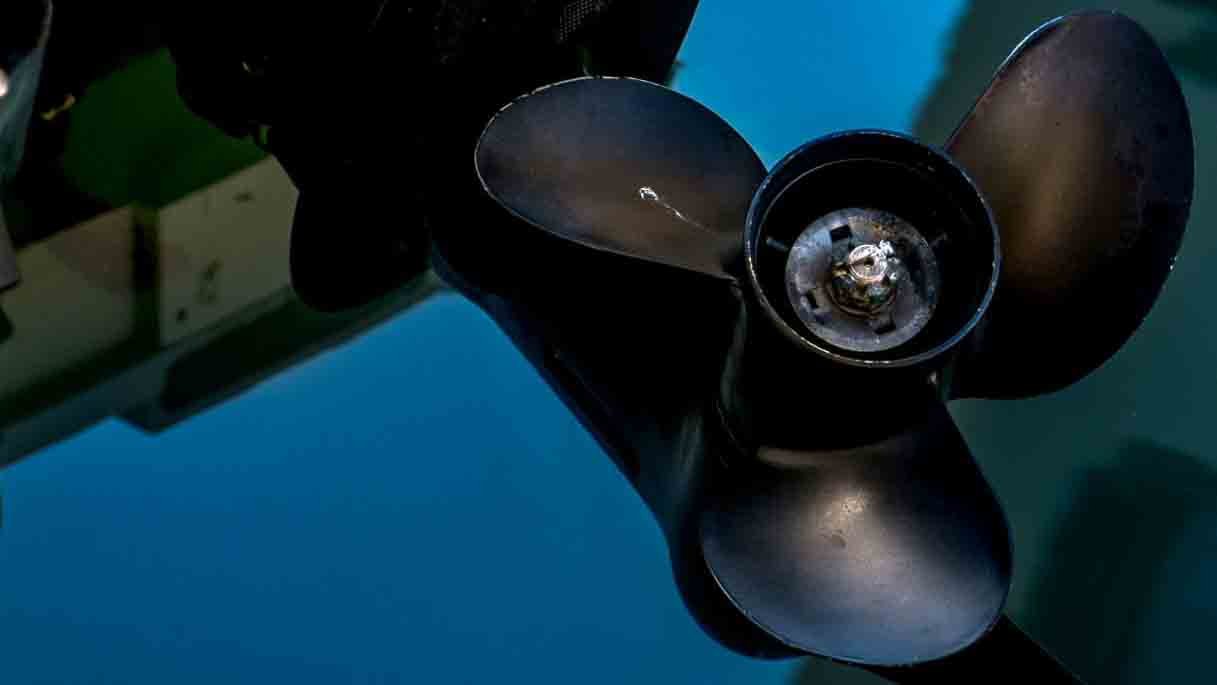If you’re a boating enthusiast, angler, or weekend adventurer, you’ve probably wondered: What’s the best way to power my boat? While inboard engines have their place, portable marine engines are taking the water by storm—and for good reason.
Compact, fuel-efficient, and incredibly versatile, these lightweight outboard motors deliver performance without the hassle. Whether you’re fishing in shallow bays, cruising on a lake, or needing a reliable backup, a portable boat engine might be your perfect match.
In this guide, we’ll break down the top 7 advantages of choosing a portable marine engine and why it could revolutionize your time on the water.
1. Lightweight & Easy to Transport
One of the biggest headaches with traditional inboard engines? Their sheer bulk. Portable marine engines, on the other hand, are designed for mobility.
- Most weigh under 100 lbs, making them easy to lift and carry.
- No need for a trailer—simply detach and store in your truck or garage.
- Perfect for small boats, inflatables, and kayaks.
For example, the Yamaha E15DMH is a popular lightweight outboard motor that balances power and portability effortlessly.
2. Simple Installation & No Permanent Mounting
Forget complicated setups—portable boat engines clamp onto your transom in minutes.
- No drilling or welding is required.
- Adjustable mounts fit most small to mid-sized boats.
- Easily switch between different vessels.
This plug-and-play convenience makes them ideal for renters or those who own multiple boats.
3. Outstanding Fuel Efficiency
Gas prices are no joke, and portable marine engines help you save where it counts.
- Modern 4-stroke models sip fuel while delivering strong thrust.
- Some smaller engines run 10+ hours on a single gallon.
- Less fuel burned = fewer emissions, making them eco-friendly.
Compared to older 2-stroke engines or heavy inboards, a lightweight outboard motor keeps costs low without sacrificing performance.
4. Low Maintenance & Easy Repairs
Inboard engines often require professional servicing, but portable boat engines are built for DIY care.
- Easily accessible parts (spark plugs, oil filters, impellers).
- No need for winterization in most climates.
- Freshwater flushing takes under 5 minutes.
The Honda BF5, for instance, is known for its minimal upkeep, letting you spend more time on the water.
5. Superior Shallow-Water Performance
If you fish in rivers, mangroves, or coastal flats, a portable marine engine is a game-changer.
- Tilt mechanisms let you navigate skinny water without damage.
- Less risk of hitting submerged obstacles vs. inboard propellers.
- Ideal for kayak anglers and duck hunters.
No more worrying about grounding your boat—just lift the motor and keep moving.
6. Versatility Across Boat Types
Why buy separate engines for different boats when one lightweight outboard motor can do it all?
- Works on jon boats, dinghies, pontoons, and even sailboats.
- Swap between vessels in minutes.
- Great as a primary motor or backup.
This flexibility makes portable boat engines a smart long-term investment.
7. Affordable Upfront & Long-Term Costs
Inboard systems can cost thousands just for installation. Portable marine engines? Much kinder to your wallet.
- Lower initial price (many quality models under $2,000).
- No need for expensive marine mechanics.
- Better resale value—easy to upgrade later.
Final Verdict: Who Should Get a Portable Marine Engine?
If you value mobility, efficiency, and hassle-free boating, a lightweight outboard motor is a no-brainer. They’re perfect for:
✔ Weekend anglers who fish in varied conditions.
✔ Small boat owners wanting an affordable power solution.
✔ Adventurers needing a reliable backup motor.







